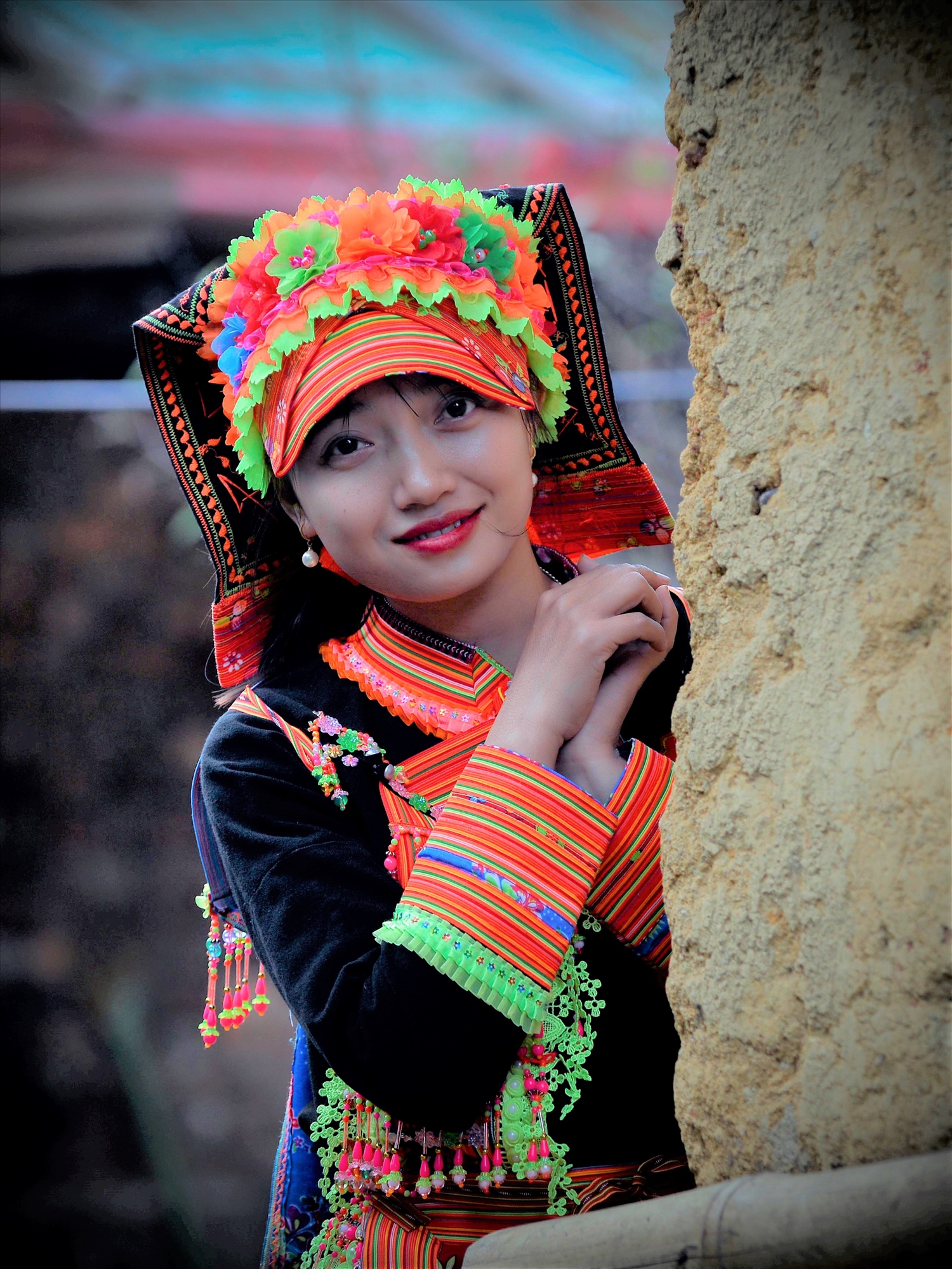KHÁNG ETHNIC GROUP
INTRODUCE
- General overview
The Kháng people call themselves the Mơ Kháng, divided into groups: Kháng Dẩng, Kháng Dón, Kháng Súa. Some refer to themselves as Háng (Ma Háng, Bủ Háng). Specifically, the Kháng group in Mường Tè, Lai Châu, is called Brển. The Thái people refer to them as Xá ham fys, meaning dependent residents. Following the ethnic identification in 1979, there was a unified adoption of the name Kháng.
The Kháng people primarily reside within the areas stretching from Mường Tè (Lai Châu), Mường Lay, Tuần Giáo (Điện Biên), to Thuận Châu, Mường La, Mai Sơn, Sông Mã (Sơn La) ... Presently, in Lai Châu, there are 51 households comprising 211 individuals belonging to the Kháng ethnic group, accounting for 0.05% of the total provincial population. They predominantly live in the Tam Đường district.
- Village space
Formerly, under the Phìa tạo system of the Thái people, the Kháng did not have a separate social organization. Generally, they were resident’s dependent on the Thái landlords. There is a certain division internally. A Kháng village consisted of several dozen houses clustered at the foot of mountains or near streams. Each village had some lineages, but each lineage resided in the same area. The settlement was led by a village chief (quan cai) elected by the people, who enjoyed certain privileges. Additionally, there was a council of elders in the village, ritual leaders, and assistants. Each village had its own territory, comprising residential land, cultivated land, and forests, along with places for worship and communal graveyards. Presently, there is a self-governing life under the administrative system established by the State.
- Living space
The Kháng people live in stilt houses, and they call them “nhá” or “nha.” In the past, during nomadic or migratory periods, they constructed simple houses using trees, with a single roof covered by thatch and a sleeping area below, known as “nhá tụp la” (tent-like house). Another type of house with two roofs is called “nhá kiêu lá,” without roof covering, featuring a higher roof that shelters the low roof. The house has no roof, with enclosed walls on both sides, featuring a single entrance door positioned either centrally or on the side, connecting to a drying area, and stairs for ascending and descending. However, during settled or economically stable periods, they constructed raised houses supported by columns, ensuring durability like those of the Thái people.
- Agricultural production activities
In Lai Châu, the Kháng people engaging in farming activities often reside in low-lying areas with narrow valleys and favorable water sources. Typically, this type of Kháng people settles close to the Thái people. However, the majority of the Kháng people continue cultivating upland fields as their main agricultural activity. Even among those engaging in rice farming, income generated from upland cultivation remains of significant importance.
The majority of Kháng people cultivate terraced fields distributed along the streams. They commonly select locations with water sources and flat terrain, especially areas with fertile black soil for developing into fields. Once they identify suitable areas for cultivation, they engage in clearing and leveling the land, forming long, narrow-width plots.
- Livestock production activities
Livestock raising is relatively developed within Kháng households. Livestock includes chickens, ducks, and pigs, serving meat consumption needs, particularly during ceremonial events such as weddings, funerals, or religious rituals. Previously, the Kháng people were skilled in crafting and navigating wooden boats, specifically dug-out boats and swallowtail boats. Apart from personal consumption, they also engaged in trading these items with the Thái people.
















